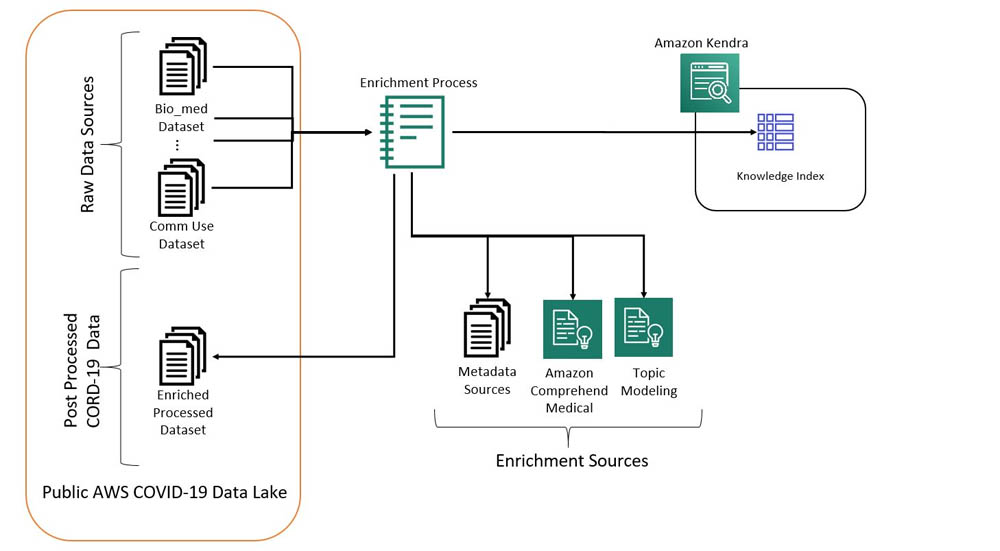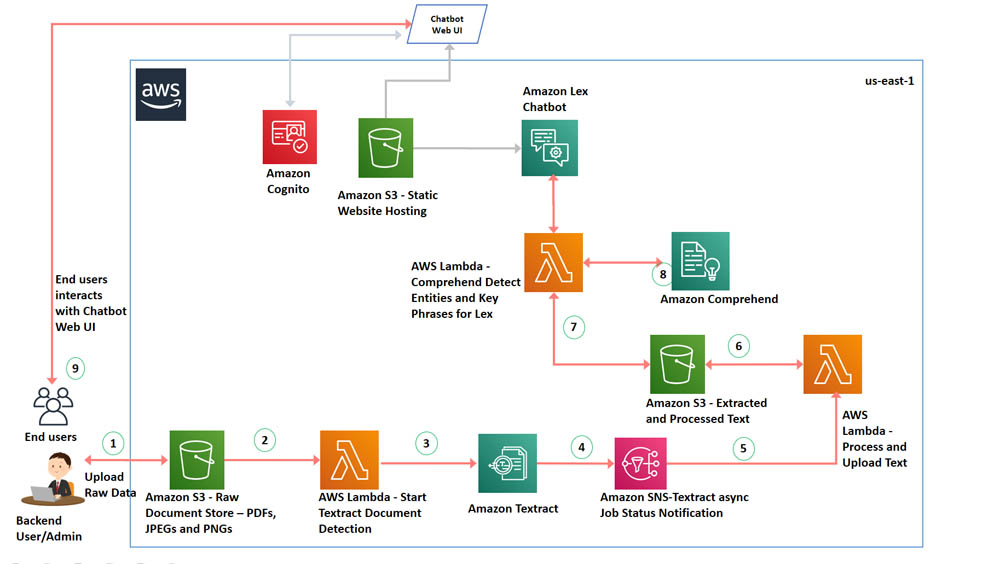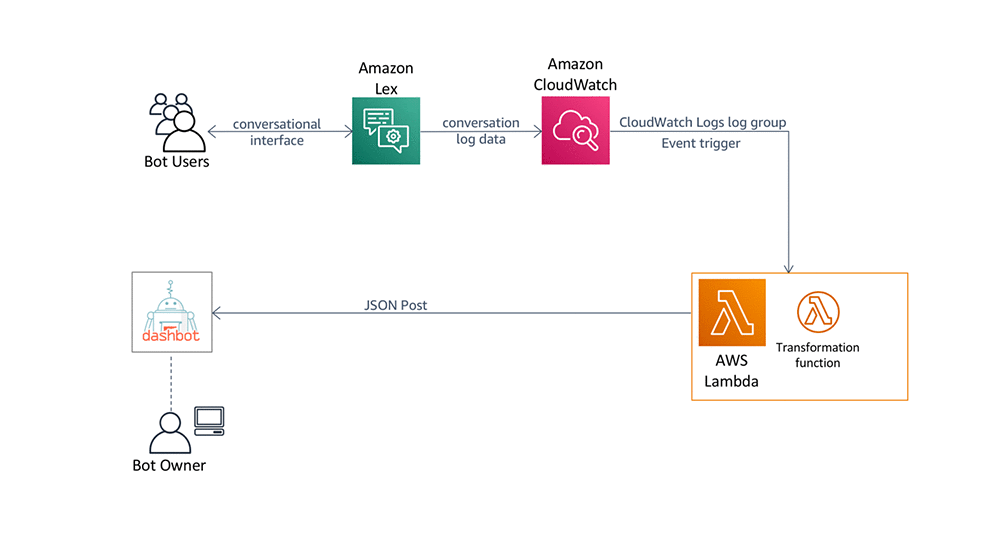AWS Machine Learning Blog
Category: Amazon Lex
How Citibot’s chatbot search engine uses AI to find more answers
Citibot is a technology company that builds AI-powered chat solutions for local governments such as Fort Worth, Texas; Charleston, South Carolina; and Arlington, Virginia. With Citibot, local residents can quickly get answers to city-related questions, report issues, and receive real-time alerts via text responses. To power these interactions, Citibot uses Amazon Lex, a service for building conversational interfaces for text and voice applications. Citibot built the chatbot to handle basic call queries, which allows government employees to allocate more time to higher-impact community actions.
Build more effective conversations on Amazon Lex with confidence scores and increased accuracy
In the rush of our daily lives, we often have conversations that contain ambiguous or incomplete sentences. For example, when talking to a banking associate, a customer might say, “What’s my balance?” This request is ambiguous and it is difficult to disambiguate if the intent of the customer is to check the balance on her […]
Create a multi-region Amazon Lex bot with Amazon Connect for high availability
AWS customers rely on Amazon Lex bots to power their Amazon Connect self service conversational experiences on telephone and other channels. With Amazon Lex, callers (or customers, in Amazon Connect terminology) can get their questions conveniently answered regardless of agent availability. What architecture patterns can you use to make a bot resilient to service availability issues? In this […]
Building a multilingual question and answer bot with Amazon Lex
Updated June 2021 – QnABot now supports voice interaction in multiple languages using Amazon LexV2. You can use Amazon Lex to build a question and answer chatbot. However, if you live in a non-English-speaking country or your business has global reach, you will want a multilingual bot to cater to all your users. This post […]
Enhancing your chatbot experience with web browsing
Chatbots are popping up everywhere. They are qualifying leads, assisting with sales, and automating customer service. However, conversational chatbot experiences have been limited to the space available within the chatbot window. What if these web-based chatbots could provide an interactive experience that expanded beyond the chat window to include relevant web content based on user […]
Building a scalable outbound call engine using Amazon Connect and Amazon Lex
This is a guest post by AWS Machine Learning Hero Cyrus Wong. Staying connected with family, friends, and colleagues is easy for most people who live with or close to others. For educators who need to communicate lessons and schedules with their students, or businesses who communicate with new and existing customers, staying connected […]
Deriving conversational insights from invoices with Amazon Textract, Amazon Comprehend, and Amazon Lex
Organizations across industries have a large number of physical documents such as invoices that they need to process. It is difficult to extract information from a scanned document when it contains tables, forms, paragraphs, and check boxes. Organization have been addressing these problems with manual effort or custom code or by using Optical Character Recognition […]
Integrate Amazon Kendra and Amazon Lex using a search intent
Customer service conversations typically revolve around one or more topics and contain related questions. Answering these questions seamlessly is essential for a good conversational experience. For example, as part of a car rental reservation, you have queries such as, “What’s the charge for an additional driver?” or, “Do you have car seats for kids?” Starting […]
Smarter FAQ bots with Amazon Kendra
We often have questions when making a choice about a product or service. When was the last time you found yourself at the IT help desk at work? You probably had questions like “What time does the IT Help Desk open?” or “Can I get a temporary machine while you repair my laptop?” Quick and […]
Analyzing and optimizing Amazon Lex conversations using Dashbot
This post is co-written by Arte Merritt, co-founder and CEO of Dashbot. In their own words, “Dashbot is an analytics platform for chatbots and voice skills that enables enterprises to increase engagement, satisfaction, and conversions through actionable insights and tools.” After you have deployed a bot, it is critical to analyze bot interactions, learn from […]









